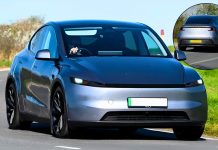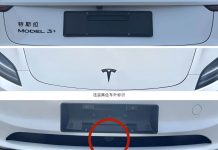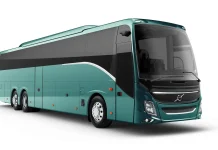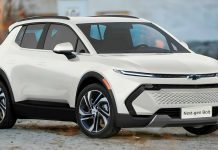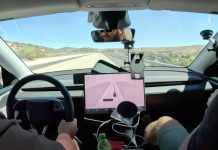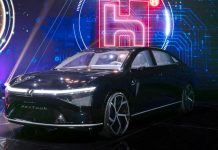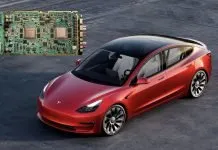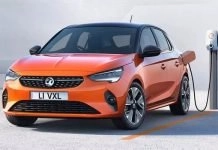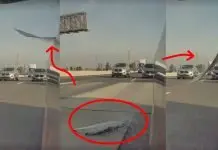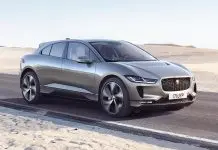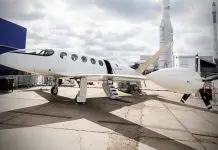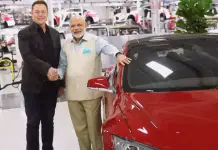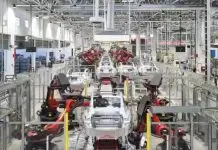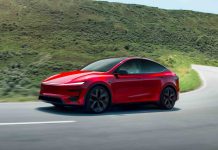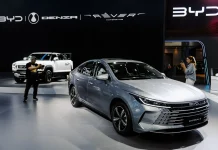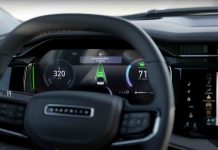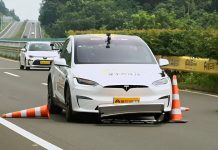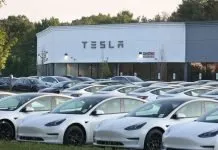The autonomous vehicle has long been dominated by two major competitors: Waymo, the self-driving branch of Alphabet, and Tesla, whose radical vision-only strategy approaches the industry status quo. Since now, both companies are deploying robotaxi services out there, we have to start considering them based on actual performance rather than laboratory claims and advertising lines.
One recent direct comparison shot in the parking lot of Terry Blacks BBQ in Austin provided some insight into the respective systems’ ability to deal with unanticipated terrain. And Waymo, after years of improvement and map-guided navigation, failed to take the sharp turn entrance to the lot at the right angle. It moved too fast, did not notice such an acute change in the grade in time, and almost bottomed out-an unpleasant and even harmful procedure.
Conversely, an identical incline was moved forward without a hitch by the Tesla Robotaxi, powered only by the company-independent Full Self-Driving (FSD) system, which is operated through its vision recognition capabilities. It measured the slope successfully based on the camera readings and acted slowly to cross an inclination calmly. The result? Much better and safer experience for passengers.
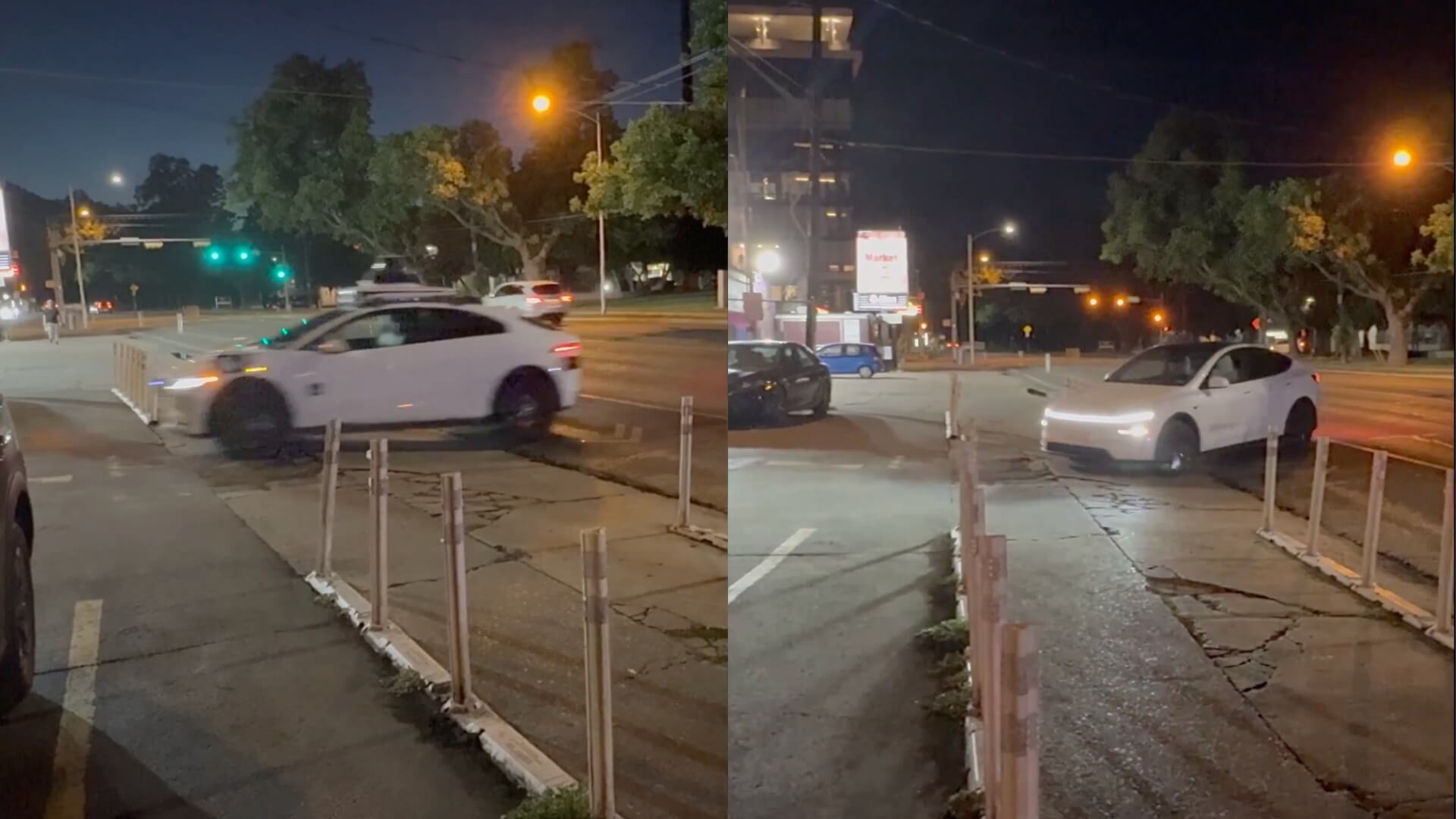
Passenger Comfort: Tesla’s Unexpected Edge
For many passengers and those who are quite susceptible to motion sickness, comfort is just a matter of concern as safety. During a 2.5+ hour session in a Tesla Robotaxis, the ride itself was rather pleasant, surprisingly even when using a smartphone. Nothing like nausea, nothing like jerky halts, nothing like roller-coaster throttling.
Here's the 4K version for those interested pic.twitter.com/4zemvqv6SE
— Dan Burkland (@DBurkland) June 23, 2025
Whereas, the Waymo vehicle caused motion sickness in a few minutes. The sheer speed of braking, unpredictable steering behaviour, and the habit of braking hard at corners after a frenzied burst of acceleration suggested a rather bumpy ride. This indicates a more general problem: Waymo is rather reliant on pre-mapped routes and lidar to the point that it can drive robotically, which even includes indecisiveness that does not always match human comfort.
Safety Incidents Raise Questions
While Tesla has come under intense scrutiny for a few headline-grabbing moments, like a sharp wheel correction or an abrupt lane change, Waymo has demonstrated considerably more dangerous behavior on the road. Recently, there was an incident with a Waymo car that turned into oncoming traffic and sat there confused with its hazard lights on, blinking, making an attempt to go backward, again into oncoming traffic after 45 seconds of confusion.
This was the case with Waymo, which had been operating on its platform for more than six years, and with its sensor-stacked and allegedly safer platform. It poses a very important question, one as to whether the addition of more hardware is the way to go, or perhaps it is more effective and efficient software.
Vision vs. LiDAR
Tesla has also been faced with a long list of criticism over the move to drop lidar and radar systems in place of a vision-based system. However, this practice is starting to pay off as swathes of real-world data are collected. Tesla FSD analyses high-resolution cameras and trains it using the neural network to behave more like a human driver, with real-time adaptation to the unstructured world.
The downfall of Waymo began yesterday pic.twitter.com/sfFx7FjdGN
— Nic Cruz Patane (@niccruzpatane) June 23, 2025
Waymo, in its turn, is more dependent on the elaborate 3D map and multi-sensor system, including lidar and radar. Much theoretically redundant, such an architecture may fail when the mapping data is not as perfect, or when the mapping model is an edge case, such as an unmarked construction zone, or a geometry observed to be not quite the norm, as in road corners.
Conclusion
Waymo continues to have trouble with even simple driving issues and levels of comfort that leave much to be desired after six years of driving on the street. The vision-only Robotaxi developed by Tesla has swiftly caught up with the competition and is arguably beating its competitors in most metrics that matter the most in the real world: confidence, comfort, and adaptability.

